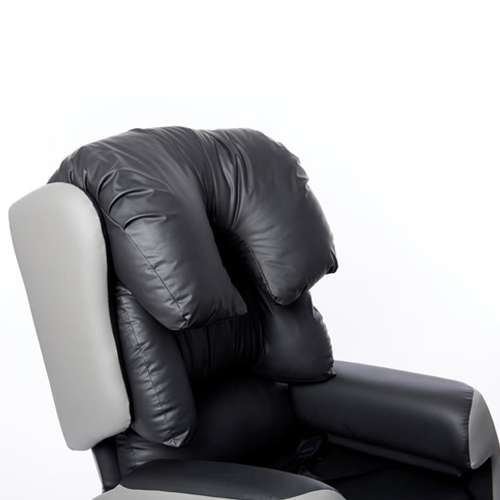As we continue the theme of seating accessories and their role in helping different conditions, we look at general medicine wards in hospitals and how accessories can help there.
Jump straight to...
Patient needs in General Medicine Wards
General medicine wards in hospitals deal with anything that is non-surgical including long-term illnesses like diabetes and respiratory problems. Neurological conditions such as strokes may be treated here (see our previous article on strokes to find out more).
Some conditions that are treated in general medicine wards include hyperglycemia, diabetes, and kidney failure.
Dialysis is a procedure for people with kidney disease or failure. A dialysis machine cleans the blood of impurities, a function normally performed by the kidneys. Patients are connected to a dialysis machine and treatment can last up to four hours, depending on how often the patient undergoes treatment. The prime factors for patient seating are comfort for extended periods of sitting and accommodating the different lines and catheters involved in delivery of the treatment.
Severely diabetic patients admitted for emergency treatment will normally receive intravenous fluids, electrolyte replacement or insulin therapy.
Seating Accessories available
We have identified some useful accessories for patients in medicine wards along with the chairs that they belong to.
Finding the Right Chair
The Prospec Riser Recliner chair has electric adjustment and a high level of positioning options on its triple motor version. There is a mobile version for ease of movement, and the cut-out sections near the castors make it much easier to use standaids to lift the patient in and out of the chair.
The Prospec Hospital chair has electric seat height, depth and angle adjustment and is easy for the patient to adjust themselves during treatment. Is it very manoeuvrable with a push handle and braked castors so easy to transport patients to and from the bedside. Its sleek, compact design allows plenty of room for lines to be connected.
Conclusion
We hope this article helps you find the right seating and accessories for medicine ward patients.
If you are looking for more information on how accessories can help patients with these particular needs please contact our team:














